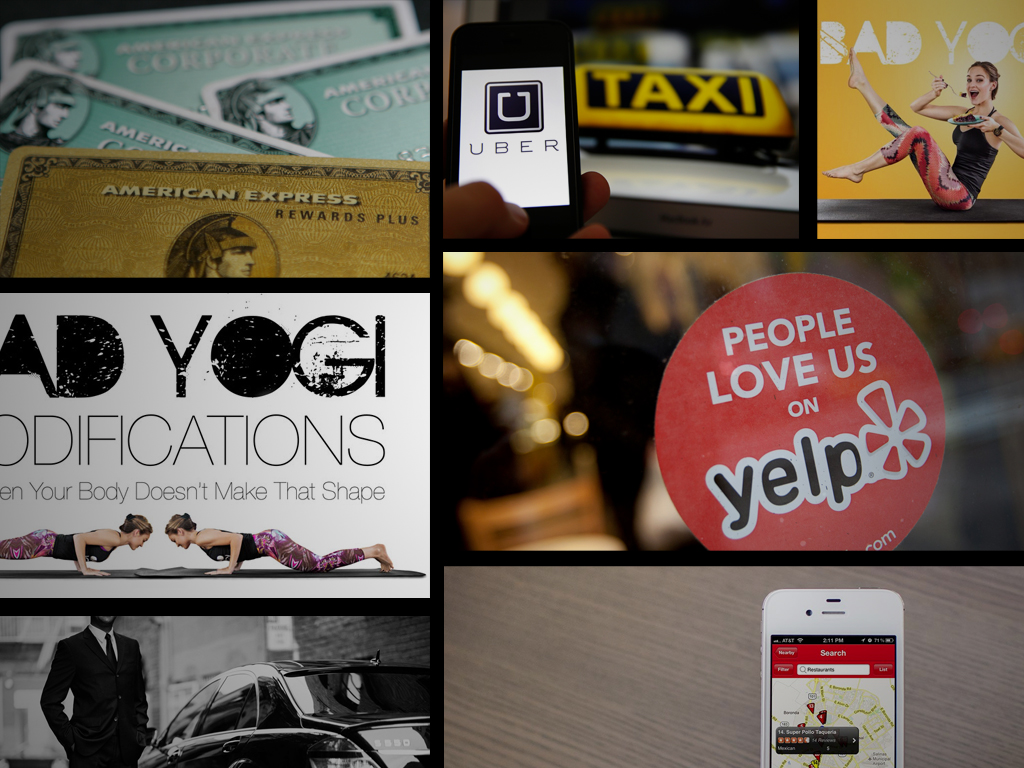Brand tributes should be executed sparingly, if at all. If you must pay tribute, put your egos aside and thoughtfully consider your motivations.
When tragedy strikes, a predictable pattern has emerged in digital media: Brands roll out tributes, which are quickly followed by consumer indignation over shameless self-promotion.
Prince’s death was no exception.
At this point, it’s almost like mass shootings in America. Whenever this happens, we – or at least those of us in the digital marketing industry – look at each other and ask, “Why does this keep happening?” But the pattern nevertheless repeats.
I was talking to a friend about this and he said, matter-of-factly, “This is what happens when you hand the keys to social media to people right out of college.”
He may very well be right. But as someone prone to over-analysis, I couldn’t let it go there.
Let’s Consider September 11
Last year, I argued the best brand tribute is respectful silence. And I stand by that.
Have you ever heard of a brand that has sparked outrage and/or alienated consumers by not marking occasions like this?
Far more often, we see brands like SpaghettiOs apologizing for ill-conceived tweets and being held up as gold standards of tactlessness for years to come.
Is Silence The Solution?
In my previous post, I posited that brands were grappling with an entirely new form of media in the post-September 11 era in which there was no Emily Post to guide them. And there still isn’t.
Look at the flurry of Prince tribute roundups from some of the most respected names in marketing news – even they struggle to define clear brand tribute rules and, at times, contradict themselves.
For its part, Ad Age notes there’s a “fine line” between looking exploitative and being “seen as current and tuned into culture.” Indeed. But where is that line? Somewhere between Caribou Coffee and Four Loko, it seems…
#RestInPurple #MNLove #Prince pic.twitter.com/hhJ0S6GxqG
— Caribou Coffee (@Caribou_Coffee) April 21, 2016
Mashable, however, said, “Minnesota-based companies, music brands and other businesses with a clear connection to Prince have a legitimate reason to speak on his death.”
AdWeek, too, gave a pass to brands from Prince’s home state, along with Maker’s Mark.
pic.twitter.com/zytdEy7vfn — Maker’s Mark (@MakersMark) April 21, 2016
MediaPost was more or less willing to give a thumb’s up to Minnesota businesses as well.
Yet it was one of those very Minnesota brands, Cheerios, that they agree will likely be remembered as the biggest screw-up of this particular tragedy thanks to a tweet the Drum said had an “apparent lack of genuine empathy…[and] came across more as a tone deaf attempt to thrust itself into the conversation.”
Another Minneapolis-based General Mills brand, Hamburger Helper, which so recently struck gold with its April 1 rap album, reportedly deleted its Prince tweet, which AdWeek said “suffered from too much brand presence.”
This is When It Starts To Get Muddled…
There’s St. Paul-based 3M, which received cheers and jeers for its purple rain/tear logo, as did the execution from Chevrolet.
— Chevrolet (@chevrolet) April 22, 2016
To wit: Per Co.Create, the tribute from the little red Corvette parent “doesn’t feel tacky.” In fact, Dan Solomon wrote, “It’s still certainly safer – and often in much better taste – for brands to just let experiences like ‘grieving’ and ‘sorrow’ be experienced solely by the humans they’re attempting to engage with, but when brands cry in a way that’s as tasteful and classy as this ad, we’ll allow it.”
Digiday’s Copyranter, on the other hand, said the Chevrolet tribute is “awful in every way.”
He agreed, however, that the best tribute tactic is to “shut up and say nothing.”
Other Minnesota brands like Target, Hormel Foods, and UnitedHealth did just that on social. The lack of backlash against them perhaps says more than Solomon, the Copyranter, or I ever could.
‘I Know It When I See It’
Tiffany Guarnaccia, CEO of Kite Hill PR and the founder of Communications Week, said she advises clients to jump into a news story only if they have skin in the game.
“If a brand doesn’t have a direct connection to Prince, they shouldn’t try to force themselves into the conversation. It feels inauthentic and can cause a negative backlash,” she said.
But the problem is that it’s up to brands themselves to define where and when they have skin in the game. Which makes bad brand tributes sort of like Supreme Court Justice Potter Stewart’s definition of porn: “Which makes bad brand tributes sort of like Supreme Court Justice Potter Stewart’s definition of porn: “I know it when I see it.”
In other words, I don’t necessarily think every brand that tweeted about Prince was motivated solely by the almighty dollar. But I do think they tend to have an overinflated sense of self-importance in situations like this and need to more carefully consider what actually defines skin in the game before pulling the trigger.
Brands Are Not People
Because here’s the thing: Like Solomon, Mike Grehan, CMO of intent-based digital firm Acronym, noted brands are not people. That means any attempts to convey human emotion at times like this can easily be cheap, tacky, and insincere.
For his part, Andrew Bolton, vice president of strategic partnerships at marketing platform Crowdtap, said it’s only natural for brands to comment on cultural moments like people do since they use social to humanize themselves. At the same time, however, he noted that part of being smart in social media is knowing when to stay on the sidelines.
“Not every conversation is ripe for brand commentary…ask yourself: ‘Is this a conversation that relates to my brand in an authentic way – meaning is this a good fit, or is it a stretch?’
If it’s a stretch, don’t hit send and wait for the next opportunity,” he said. “It only takes a moment to lose the respect of your audience, and when you consider how hard you fought for that attention in the first place, it’s simply not worth the risk.”
In fact, Grehan said a better way for brands to pay their respects to Prince would have been to make a donation to a music charity or to invest in music education.
“Does Prince need a tribute from Cheerios? He never endorsed them when he was alive. What if he never even ate them? What if he hated them? What kind of tribute is that?” Grehan said. “A brand that has no connection to the person who passed, no connection to the music industry, is giving nothing and probably doesn’t have a member of staff who knows more than one Prince record.
Here’s the question…If you think Prince is so great, why did you wait until he was dead to pay him a tribute?”
Brand Tribute 101
While I tend to agree with the Copyranter, I’m reluctant to take as strong of a stance because some of the executions above arguably work for the brands in question.
But I will say that if lack of clear-cut digital etiquette is to blame for the brand tribute problem, I’ll step in as an Emily Post here:
Brands need to think of tributes like salt – they should be used sparingly. Or think of a brand tribute like marriage – you don’t want to do it too many times.
When the next sad event inevitably comes to pass, marketers need to put their egos aside and thoughtfully consider the strength of their connections, as well as their motivations for chiming in.
If there’s no doubt memorializing the event is the right thing to do, godspeed. Hopefully you don’t become the next AT&T, SpaghettiOs, or Cheerios. But if you aren’t absolutely certain, it is perhaps a sign you should save your perspective for a personal account.
The Google Exception
That being said, Google’s Prince Doodle is one tribute that seems to have been universally well-received, which Dana DiTomaso, partner at digital marketing agency Kick Point, says is because Google celebrates so many things.
“If [Google decides] that Prince passing away is a major event, then it feels right for them to have a tribute,” she said. “Other brands are jumping on the bandwagon because they don’t regularly celebrate people outside their brand sphere. It’s another example of why you need to rely on your brand and make a call that makes sense for the brand overall, not just jump on every trend that comes along, hoping you’ll get popular.”
Grehan agreed Google’s Doodles are genuine, regular tributes and Google “didn’t just do it for Prince.”
“Cheerios doesn’t have the historical context of using this trope and they didn’t connect with our emotions correctly,” added Rebecca Brooks, founding partner of marketing research agency Alter Agents. “That subtle difference made [its] tribute seem like capitalizing on tragedy, while Google’s emotional connection made us all feel closer to its brand.”
What’s your take on brand tributes?


